You may have seen the movie Kingsman in which the phrase “Oxfords not Brogues” is used as code words for their secret service. This implies that oxfords are the classier shoe. And technically they are, but there’s much more to it than that. And what about derbys anyway?
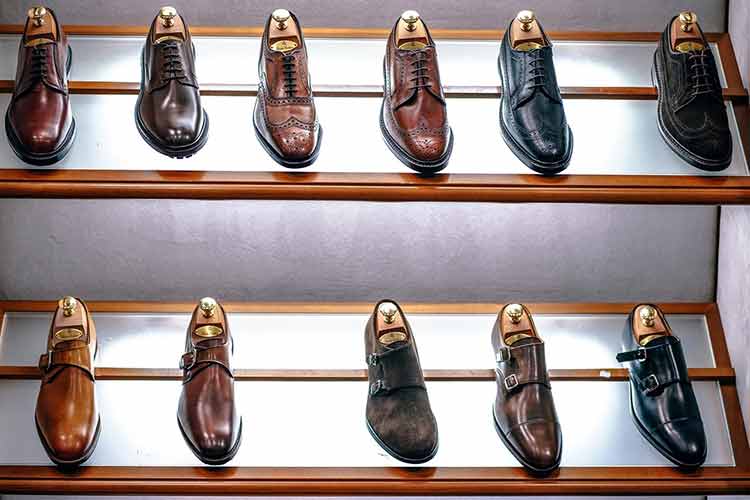
In this article we will discuss in-depth, 10 men’s dress shoe types and where you can buy them:
- Oxfords
- Derbies
- Brogues
- Wingtips
- Wholecuts
- Loafers
- Monkstraps
- Chukkas
- Chelseas
- Opera Pumps
Additionally, we’ll dissect the anatomy of the dress shoe and other shoe terms that all stylish men should know, courtesy of Esquire’s seminal The Handbook of Style (scroll to end of article).
And of course we’ll also breakdown the differences between the often confused oxfords, derbies and brogues. Without further ado, let’s get started by first comparing oxfords and derbys in a nutshell.
Subscribe to The Gentleman Within Podcast.
Oxfords vs Derbys in a Nutshell
If there’s one illustration I’d show someone looking to distinguish oxfords from derbies, it’s this one.

The Oxford (or balmoral) is a formal shoe with closed lacing whereas the Derby (or blucher) is slightly less formal and has open lacing. This difference is subtle, but is essentially what differentiates the two.
» Readers’ Favorite: The 6 Types of Shoes Every Man Needs (and a Few Nice to Haves).
Differences Between the Dress Shoe Types
You can watch the video below as it better illustrates the differences between and details of various types of dress shoes, and of course discussing the popular oxfords, brogues and derbies.
Subscribe to the Gentleman Within YouTube channel.
Now let’s dive into further detail on 10 popular dress shoe styles starting with the one and only, Oxford.
1. The Oxford
Let’s start off with classic Oxfords also known as Balmorals (in America). Black Oxfords are as formal as shoes get. And a Wholecut Oxford (discussed later) is the most formal type of Oxford. The many variants of Oxfords include the brogue, the wingtip, and the cap-toe.

The Oxford dates back to the eighteenth century. Between World War I and World War II, the British dominated the world market for men’s formal footwear which meant the English was synonymous with stylish shoes.
Due to the cold and damp weather in Britain, sturdy construction methods became the norm as thick welted soles and heavy leather uppers created solid-looking, substantial silhouettes, perfectly complementing the period’s broad-shouldered, wide-trousered suits.

As the post-1980s trend of slimmer suits came into fashion, men’s dress shoes have slimmed down in tandem. Leaner silhouettes, narrower toes and thinner soles were coming into play. It’s no surprise then that today’s American Oxford (Balmoral, right?) is typically a slighter shoe than the British counterpart.
As discussed earlier, Oxfords are formal shoes distinguished by its closed lacing design. What this means is that the two sides of the leather upper that are drawn together by the laces are sewn under the front part of the shoes, and that they thus close over a tongue consisting of a piece of leather sewn on beneath the lacing (known as the vamp).

It’s a good idea to keep your Oxfords polished and pristine as they’ll get you through every family crisis and black tie event that life can throw at you. You can also wear them in the office with a check patterned suit or with a woolen top coat at formal events like a wedding and funerals.
We wouldn’t recommend wearing black Oxfords with a blazer, however, you can wear brown or walnut Oxfords with sports jackets and tweed suits. As decorative features are added to the shoe such as a cap toe or broguing, then it’s going to dial down the formality of the shoe (discussed next).

The short of it: black oxfords are essentially the most formal pair of shoes a man can own, besides opera pumps (see #10).
2. The Brogue
The term “brogue” refers to the holes in a Wingtip. It’s derived from bróg, the Gaelic word for footwear and is a nod to the shoe’s origins in the Scottish Highlands.
Brogues are characterized by the unique punching or decorative perforations along the shoe’s leather uppers. Technically, both an oxford and a derby can be considered brogues if they have the distinctive “broguing” along the leather uppers.

Brogues became popular in the nineteenth century and have their origins in the traditional footwear of Scotland. The broguing characteristic on shoes were initially adapted for womens’ shoes, but the pattern of perforations was later transferred to men’s shoes, and hybrid forms between Oxfords and brogues developed.
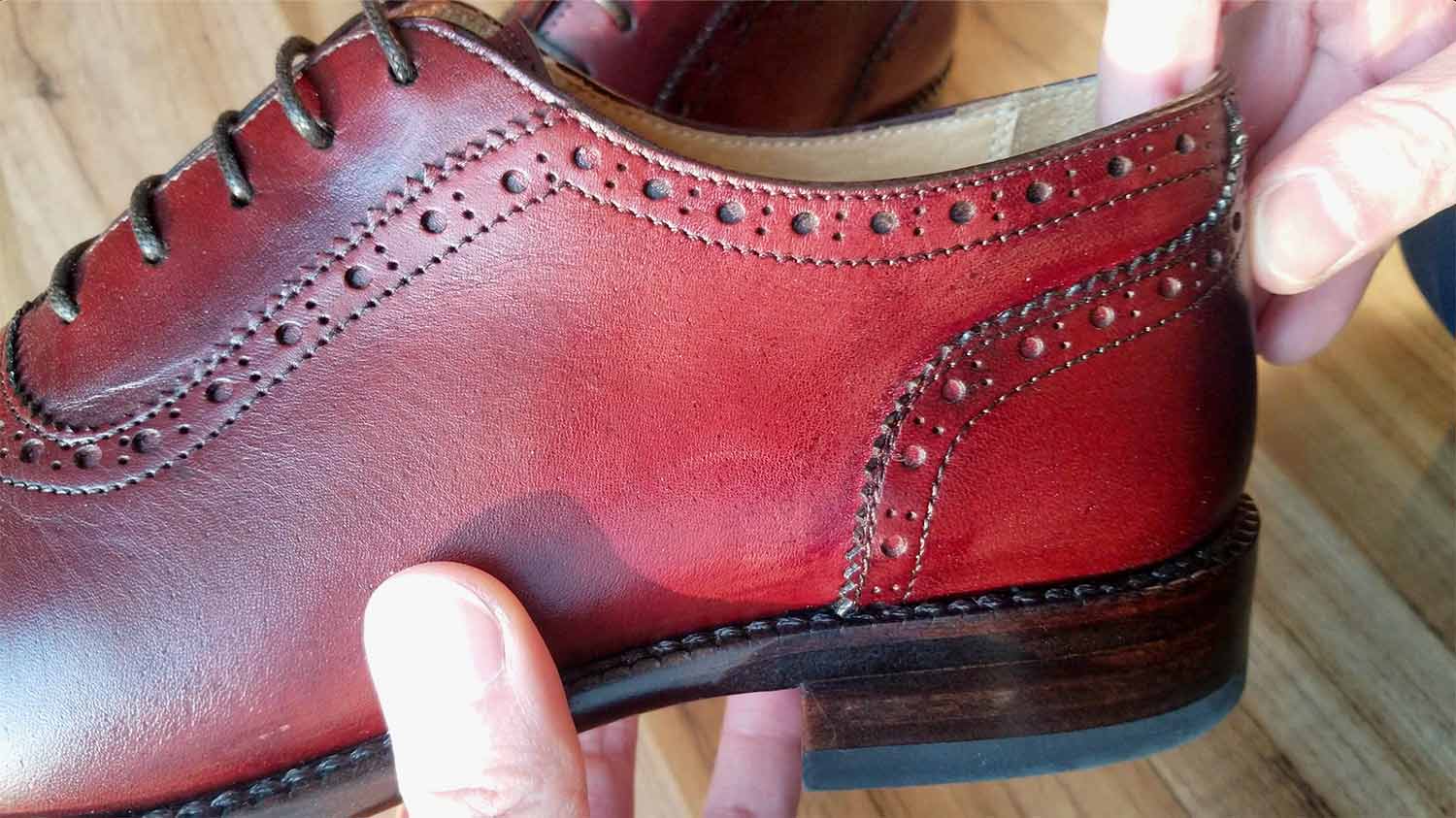
There are also different variations of brogue shoes. A quarter brogue is typically minimal broguing along a shoe’s toe cap. A semi or half brogue has additional broguing along the leather upper. And a full brogue has the most decoration, also known as a wingtip.
Something that you may not know about brogues is that they were originally added to leather shoes to serve as drains for muddy water. Pretty cool, right? Personally, I love brogues. So much so that they’re on my list of men’s essential shoes.

In the original Kingsman film, Harry Hart (Colin Firth) misspoke when explaining the difference between oxfords and brogues to a young Eggsy (Taron Egerton). He said that Oxfords are formal shoes with open lacing which is clearly wrong. A formal shoe with open laces is a derby. In the end, just know that both oxfords and derbies can be brogues and vice versa.
3. The Derby
The Derby (commonly known as blucher in America) is a term that has never been defined conclusively. It’s commonly understood to mean shoes with open lacing, but it can also be the name of a brogue or wingtip shoe. Confusing, right?
» Readers’ Favorite: 8 Sneaker Trends for Men (You Need to Know).

Derby shoes are slightly less formal than their oxford counterpart. And although most people can’t tell the difference, nor do they care, derbies are described as formal shoes with an open lacing design. This means that the sides of the shoe containing the shoelace eyelets are sewn on top of the shoe’s vamp and not under as with oxfords.

Did you know that shoes constructed on this principle are called “Bluchers”? Which in English comes from the Prussian field marshal Blücher who, together with Wellington, defeated Napoleon at Waterloo. His soldiers are said to have worn boots with open lacing.
I’d say the derby is more versatile than the oxford because it’s more relaxed, yet still formal. And so, you can pair a derby with more casual outfits (especially suede derbies) as well as dressier ones. Here’s an affordable more formal pair of derbys from Aldo. For something more casual, we recommend this suede pair from Amberjack.
» Readers’ Favorite: The Art of Mix and Matching Clothing Colors for Men (A Master Class in Styling)
4. The Wingtip
A Wingtip is the distinctive curved toe cap of a man’s shoe, also known as brogues. And to confuse things even further, a wingtip can be both an Oxford or Derby shoe and even a boot.

The classic wingtip aka full brogue is a stylish man’s stalwart, deserving of a spot in every closet. It’s an ideal shoe, particularly in brown (cognac or walnut) for informal wear with flannel suits or tweed. They also pair seamlessly with corduroy, jeans or moleskin pants as well.
» You Might Like This: Allen Edmonds Dress Boot Boot Review.
A man cannot go wrong with a pair of brown wingtips. It doesn’t quite mean business like a pair of black oxfords, but still means business nonetheless. Ideally you would have 2 pairs of wingtips in your closet, one in black and one in brown and a formal enough style and construction to wear with a suit.

Brands like Alden (England) and Allen Edmonds (America) have popular wingtip styles with the cognac shade long being a crowd favorite.
» Related: You might like this roundup/guide on the best Wingtip Shoes for Men.
5. The Wholecut
A Wholecut is the most formal type of Oxford shoe. They’re essentially a formal dress shoe with the leather uppers crafted in a one-piece construction creating a more elegant shoe design. You won’t find derby wholecuts, but you can find wholecut brogues.
» Related: You might like this Paul Evans Martin Wholecut Review.

Wholecut oxfords are generally more premium than a pair of shoes that’s crafted with more than a single piece of leather, the reason being is that it’s more expensive to craft the shoe pattern, requiring one flawless single piece of leather. There’s no cutting or stitching to hide any imperfections on the leather.
Though you can find Goodyear welted wholecuts, the sleeker Blake stitch is more in line with a wholecut’s streamlined aesthetic.

Quick note: If you’re enjoying this guide on men’s dress shoe types, then you’ll probably find my other writing on all things style & self-development useful. Each week, I share style tips, inspiration, deals and other things not shared on the blog through my free email newsletter.
To join now, just enter your email address below and click “Get Updates!”
6. The Loafer
The Loafer is another quintessential classic that should be in every man’s shoe rotation. Whether a Penny Loafer, Tassel Loafer, Bit Loafer or suede moccasins, you can’t go wrong with this slip-on shoe staple.

Fun fact: the penny loafer originated as a moccasin-style shoe handmade by Norwegian fishermen during their off-season. In the mid-1930s, American tourists discovered it and G.H. Bass first manufactured a shoe called the Weejun in 1936. Drop the “Nor” from “Norwegian” and you see the connection.
» Related: You might like this Jay Butler Cromwell Loafer Review.
Gucci most famously took the simple slip-on, upgrading the leather, thinned down the sole, elongated the toe and replaced the ‘penny’ slot with a metal ‘bit’ and created the now popular Gucci Bit Loafer.
The beauty of the loafer is that it’s a perfect dress casual shoe. Of course they’re less formal than lace-up shoes, but are still formal enough for the office and casual enough for dress down Fridays.

Today, loafers are a timeless and preppie inspired closet staple worn by guys and girls alike. And they’re definitely a summer-time favorite because of the ease you can slip them on and off while providing the ability to go at it sockless.

7. The Monkstrap
The Monkstrap is a unique dress shoe that is not laced, but fastened by a buckle. It’s hallmarks include a single, double or in some cases triple strap closure that replaces traditional eyelets and laces.

» Related: You might like this Suitsupply Double Monkstrap Review.
The name is derived from straps traditionally found on monks’ sandals. It’s a quite practical shoe that is technically a loafer because it’s a laceless shoe that can easily be slipped on. Some men loathe them, some men swear by them, but regardless of your stance this hybrid formal/casual shoe is here to stay.
Monkstrap shoes are best worn with pants that are more tapered with a modest leg opening. The narrower at the open the better.
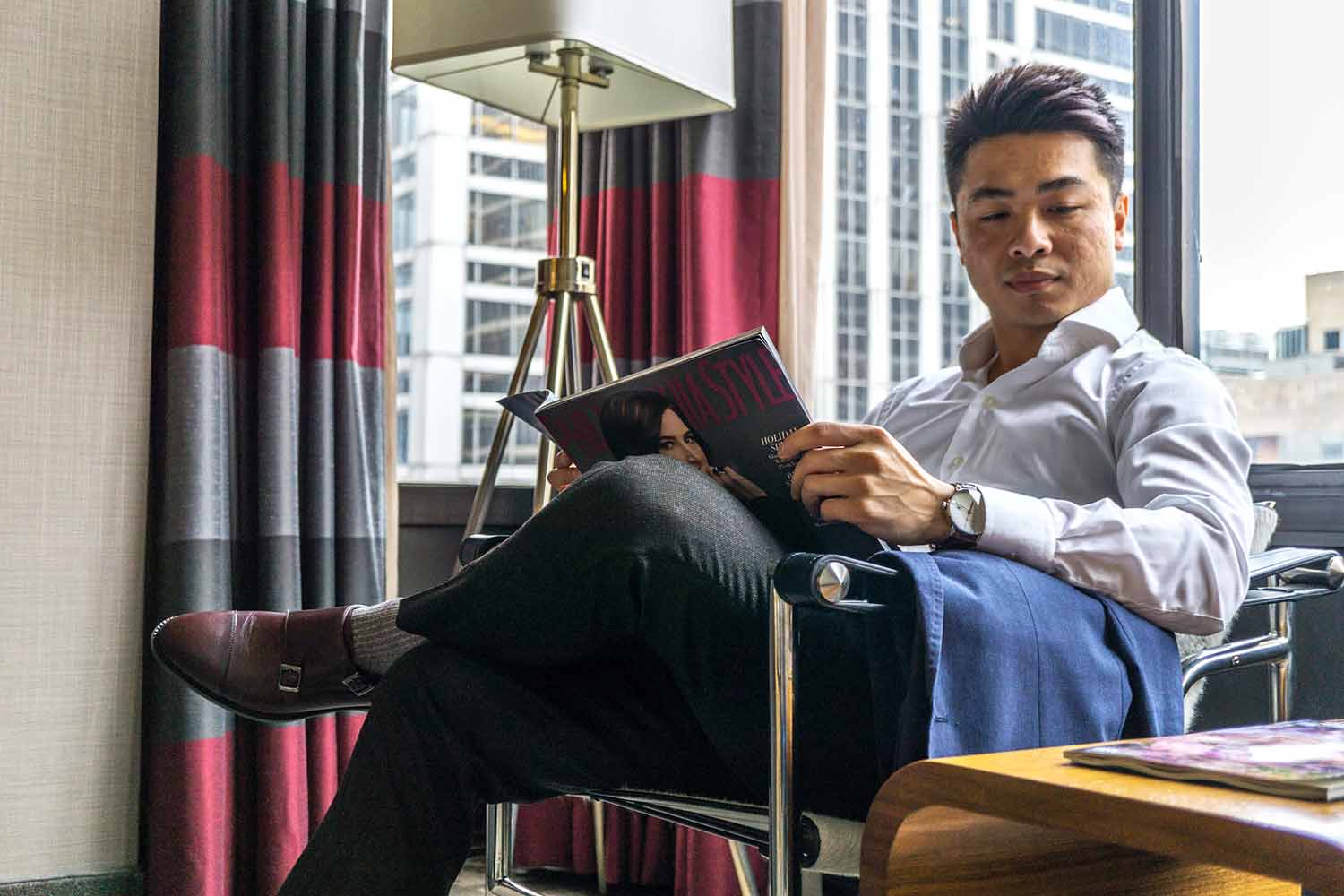
If your pants are too wide, they may get caught on the buckles and create a sloppy appearance. Additionally, you want for your pants to just barely skim the shoe’s leather, allowing for the buckles to have the spotlight.

8. The Chukka
The Chukka Boot is a more substantial, leather-soled relative of the more casual Desert Boot. It’s a simple shoe with open lacing (a derby!) and two or three pairs of eyelets. You’ll traditionally find this ankle-high boot in suede or leather, although they do have chukkas sneakers too.


It’s been said that the chukka is the first dress-casual shoe, which lends itself to tremendous versatility. Chukkas play nicely with a suit while is right at home more casual with dark jeans and a fitted tee.

Did you know that a form of chukka, popularized as the desert boot, has its origins in the British military? Because of its comfortability and durability in harsh desert conditions, chukkas became many soldiers’ leisurewear of choice.

The iconic Clark’s Originals desert boot is where most men get started. I suggest a suede pair — the texture adds visual interest and a rich elegance to your look. Neutral shades of brown or gray are the perfect colors for chukka boots.

9. The Chelsea
Similar to the Chukka, the Chelsea Boot is ankle-high, however it’s a laceless slip-on with a pointed toe and either a zippered or elasticized side opening which was a Mod staple in 1960s London. Wear a pair with a slim suit and it’ll give you a subtle British-invasion vibe.


The Beatles are often credited for popularizing the Chelsea boot, although they rocked out with a highly customized version of the now stylish man’s staple boot style.

Like the Chukka, the Chelsea straddles the formality spectrum — versatile enough to be worn casually with a field jacket and jeans or more formally with a suit. It’s important to note that a full-grain leather pair leans more formal than its suede cousin.
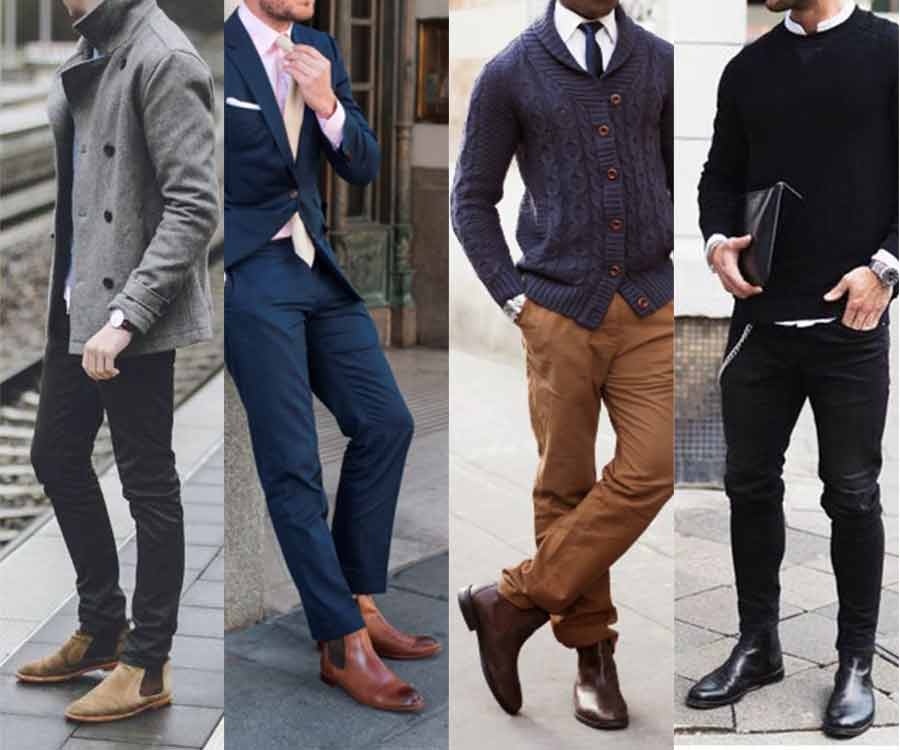
10. The Opera Pump
The Opera Pump (or just Pump) is a flat men’s shoe, often with a black bow. Traditionally they are worn with tails and sometimes with a tuxedo. Many pumps are patent shoes, which is a type of coated leather that has a high gloss, luxe finish. Think back to your high school prom, yeah those were patent AF.
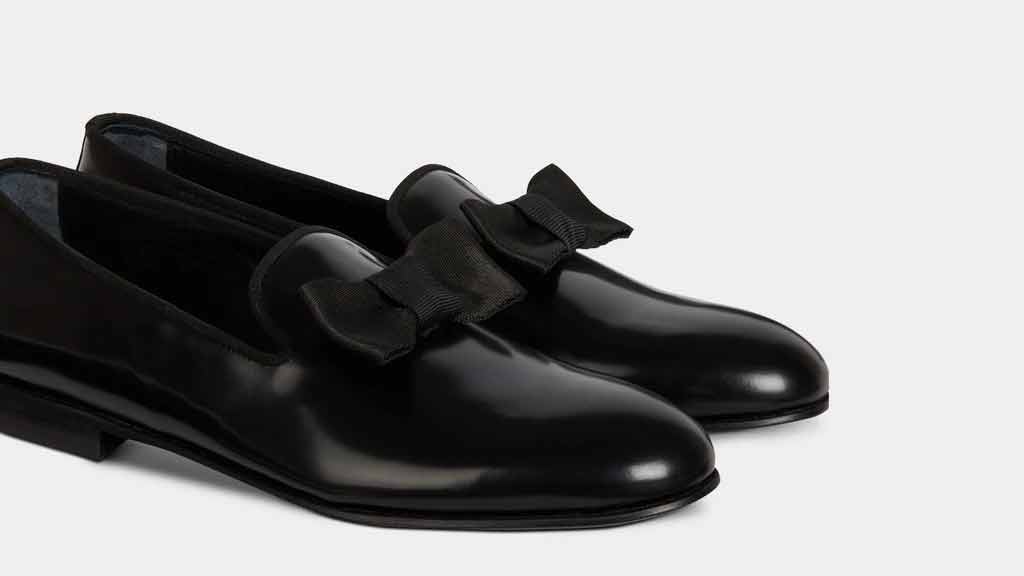
Pumps are undoubtedly the most formal shoes a man can wear and should only be worn on the rarest of occasions. Wearing pumps with silk bows with a tux is a sign of style and above all, courage. Most men in the 21st century would rather opt for a pair of patent shoes with an Oxford design.
The design of pumps goes back to the sixteenth century, which makes them one of the oldest items in the gentleman’s wardrobe to have survived virtually unchanged.
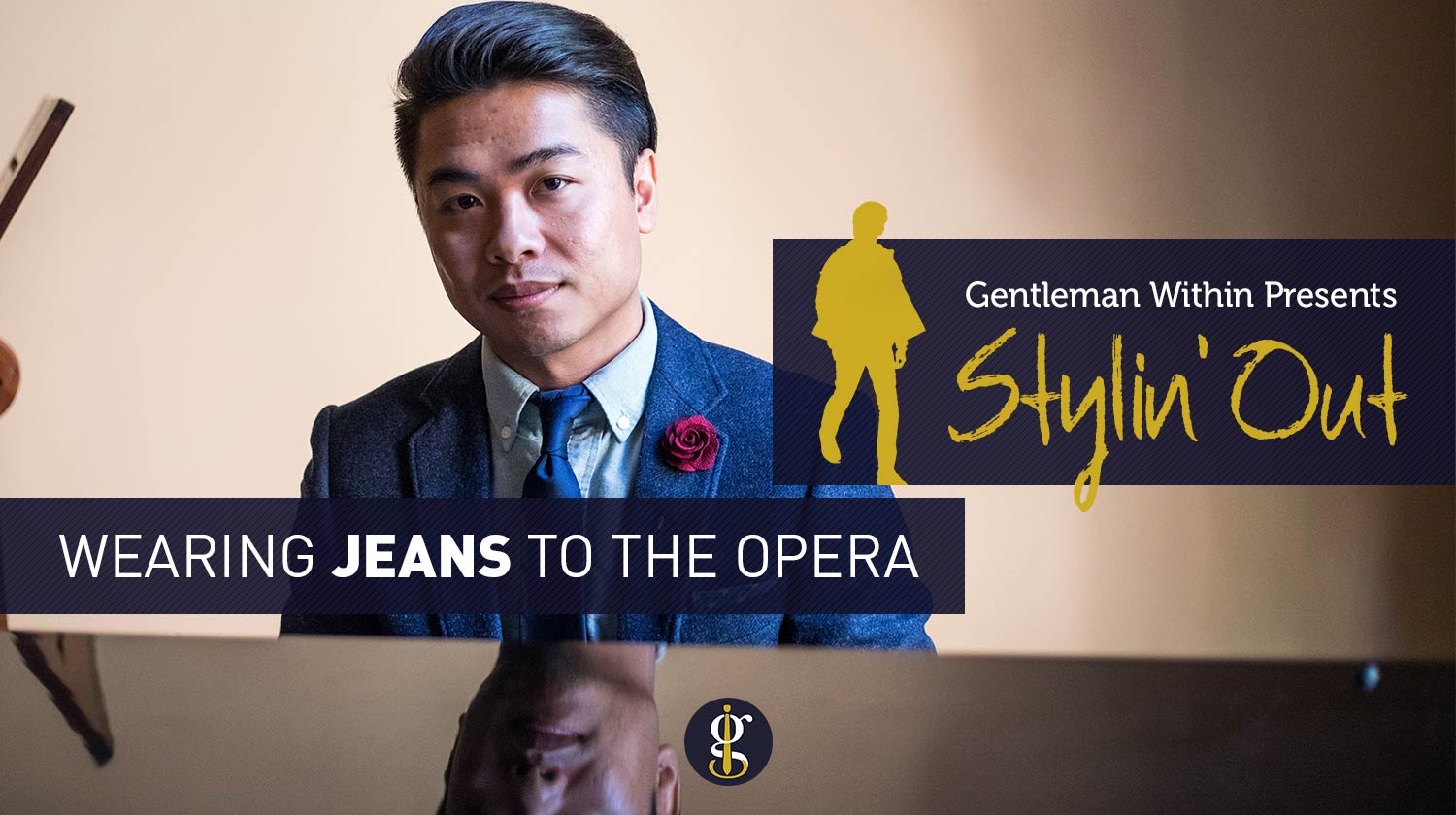
Fun fact: Black Gucci bit loafers are a popular alternative to patent shoes. This variant first appeared in England, but it has now achieved international acceptance. In highly traditional surroundings, however, such extravagance should be eschewed and patent shoes chosen instead.
The Anatomy of the Dress Shoe
A fine shoe, like a fine watch, combines mechanical precision with human artistry. And, as with a watch, a good pair of oxfords is a lifetime companion. And now The Anatomy of the Dress Shoe from The Handbook of Style.

Apron: A large overlay that covers the area where the toe meets the upper part of the foot.
Counter: The half-moon shaped piece of leather reinforcing the heel.
Heel: The rear, padded area on the bottom of the foot, as well as the piece at the rear of the shoe that supports the heel cup. The heel should not slip off the wearer’s foot.
Quarter: The continuous side and rear panel that forms the side of the shoe, extending from the vamp in front to the heel in the back.
Toe Box: The front portion of the shoe that covers the toes. It should have support protecting the toes and should be approximately a half inch longer than the length of the longest toe.
Tongue: A strip of leather running just under the laces of the shoe all the way to the opening, or throat.
Vamp: The front part of the shoe that includes the toe box and the apron.

Other Shoe Terms All Stylish Men Should Know
Brogued: Refers to the holes in a wingtip. They once went all the way through to let Scottish bog water out. The term is a nod to the shoe’s origins in the Scottish Highlands (bróg is Gaelic for footwear).
Goodyear Welt: The sole and the upper of the shoe are stitched together (not glued), resulting in the strongest bond in shoemaking. Because of its construction, a Goodyear welt lends itself to resoling many times over.
Liner: The inside covering of the shoe. It should always be leather, since that’s what will be touching your foot.
Patina: The subtle and desirable variation in color normally found in a pair of much-loved and much-polished old shoes.
Wing Tip: The distinctive avian, or peaked, shape of the toepiece of a pair of full brogues.
Wrapping Things Up
So which of these ten dress shoe styles is for you? Well, that’s not the right question as all 10 can be right for you depending on the time of day, time of year and situation you find yourself in.
My number one element of timeless style is to dress for the occasion, and depending on where you’re going and with whom, that will help for you to determine which type of casual or more formal dress shoe is most appropriate. Whatever the case, you always want for the dress shoes you’re wearing to be a clean pair.

Which dress shoe style is your favorite?
Let’s continue the discussion over in the Gentlemen Within Private Facebook Community.
Looking forward to seeing you in there.
LIKE WHAT YOU READ?
Get more posts like this plus style tips & advice delivered straight to your inbox.







Out of all the styles one can pick out for men’s work wear I must say brogues and derbies have always been favorites. I love your selection of the most classiest and stylish brands in the market. I love how well written this article. Great job.
Love brogues and derbies, though I haven’t had reason to wear them at all lately. Thanks covid! Appreciate you taking the time to leave a comment.
Nicely put. I’ve tried to explain some subtle differences in men’s dress footwear to my partner on many occasions, never finding enough examples in one shop to fully explain. My grandfather was a cobbler and would’ve been able in the time it took to drink a ‘quick pint’. Sadly he’s passed and now I struggle to remember all he taught me. He was buried in a pair of opera shoes he’d owned since the 60’s when my grandmother insisted he have a pair for black tie events (she came from money, he not). Towards the end he announced “I want to be buried in them. That way I get the wear to justify the cost!”.